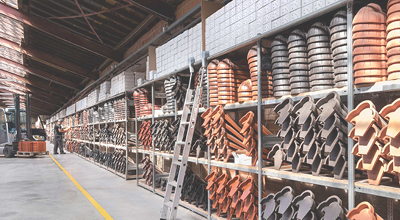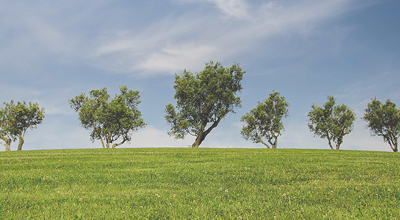Building for Generations
When we talk about ‘Building for Generations’, we mean that we express responsibility and respect for people, society and our environment. Anyone and everyone that builds can make a contribution, and we believe they are obligated to think sustainably and act accordingly.
Sustainability is already evident in the way that a construction material’s production process uses and conserves resources. The focus is on the building product’s performance and its possible contribution to conserving resources thanks to insulating properties. But there is another aspect that is of key importance to us: architecture and how materials age. What we build today should age appealingly so that future generations will also enjoy it and want to live there. Well thought-out architecture combined with materials that age slowly and gracefully will remain attractive for generations. When we all ensure that the social and economical dimensions of the sustainability concept is combined with ecological aspects, we can achieve the true impact behind the idea of sustainability.
Roof tiles are already a sustainable choice of material thanks to their extreme longevity and natural ageing process. But that does not mean that they cannot be improved in a variety of ways. Our aim in these regards is not just to meet politically set energy savings targets. Rather, we are driven by the vision of producing the most sustainable roof tiles in the world. It’s about showing respect for people, society and the environment – and anyone that chooses our roof tiles for their construction project can rest assured that they have made a contribution towards sustainability. Responsible construction creates joy and wellbeing for generations. Sustainability in its true form.
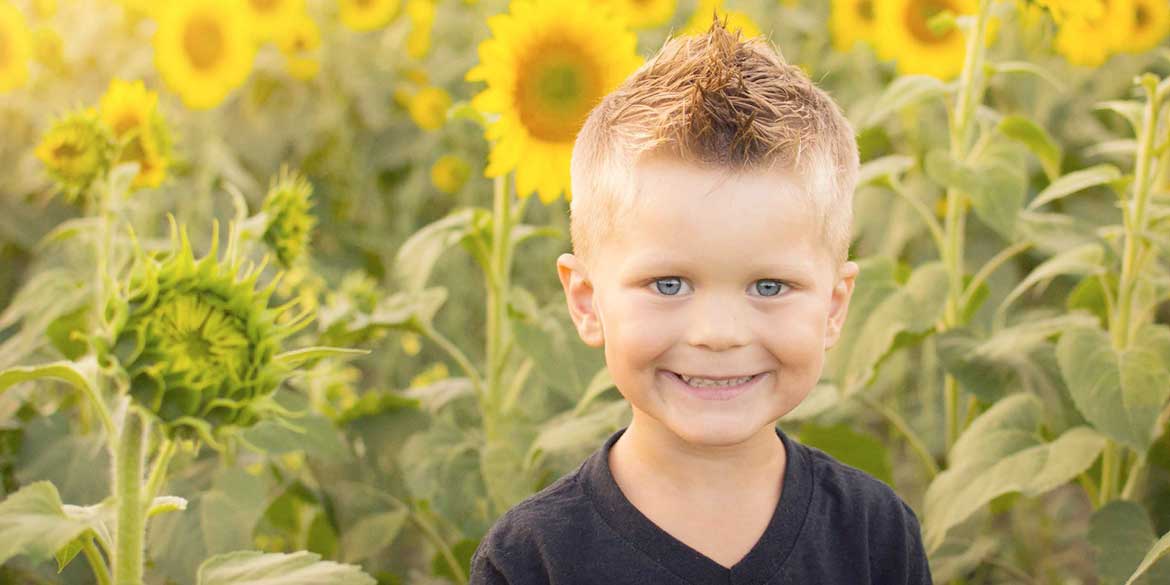
OUR ENVIRONMENTAL POLICY
We are convinced that the construction sector still has the potential to become considerably more environmentally friendly. And we know that we, too, must contribute. Our vision is to be the most sustainable producer of roof tiles. This passion is what drives our daily work towards more effective and more environmentally friendly production. We believe that this is a process that never ends, and we are dedicated to continuously improving ourselves.
THE OUTLOOK
- Randers Tegl Laumans supports the UN’s 17 sustainability goals of the 2030 Agenda on Sustainable Development.
- Randers Tegl Laumans supports the German government’s aim to reduce greenhouse gas emissions by 55% by 2030 compared to the initial year of 1990.
- We comply with statutory and social requirements regarding energy optimisation for businesses.
- Randers Tegl Laumans exclusively uses carbon-neutral hydropower (green energy).
ACTIVE SUSTAINABILITY
- We use residual heat from the kilns in our drying rooms.
- We reuse all forms of production surplus.
- We are gradually replacing all light sources with LED lights, and use overhead daylight where possible.
- We purposefully separate waste and recycle materials where possible.
- We use surface water as well as clean water used in the production process for reuse.
- During the production process, we use special flue gas cleaning & sulphur gas afterburning equipment.
- We ensure short transport routes and keep all clay pits within the direct vicinity of our production site.
- We create new biotopes in all of our old clay pits by rewilding & recultivation.
- Our transport pallets are exchangeable EURO pallets that are reused
- Our packaging materials are returned to and recycled by Interseroh AG
(no. 25771). - Our brochures and catalogues are printed on FSC-certified paper.
- Randers Tegl Laumans is a member of Deutsche Gesellschaft für Nachhaltiges Bauen e.V. (dgnb.de)
- Our web hosting provider Mittwald is 100% climate neutral
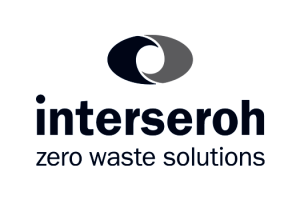
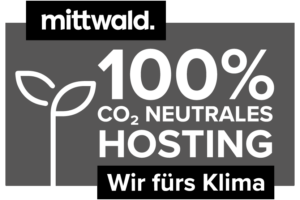
FLAWLESS DOCUMENTATION
- We insist upon 100% flawless documentation of resource consumption through roof tile production. To this end, we’ve created an EPD (Environmental Product Declaration). To us, an EPD is an indication of our status and a compass for improvements that protect our environment.
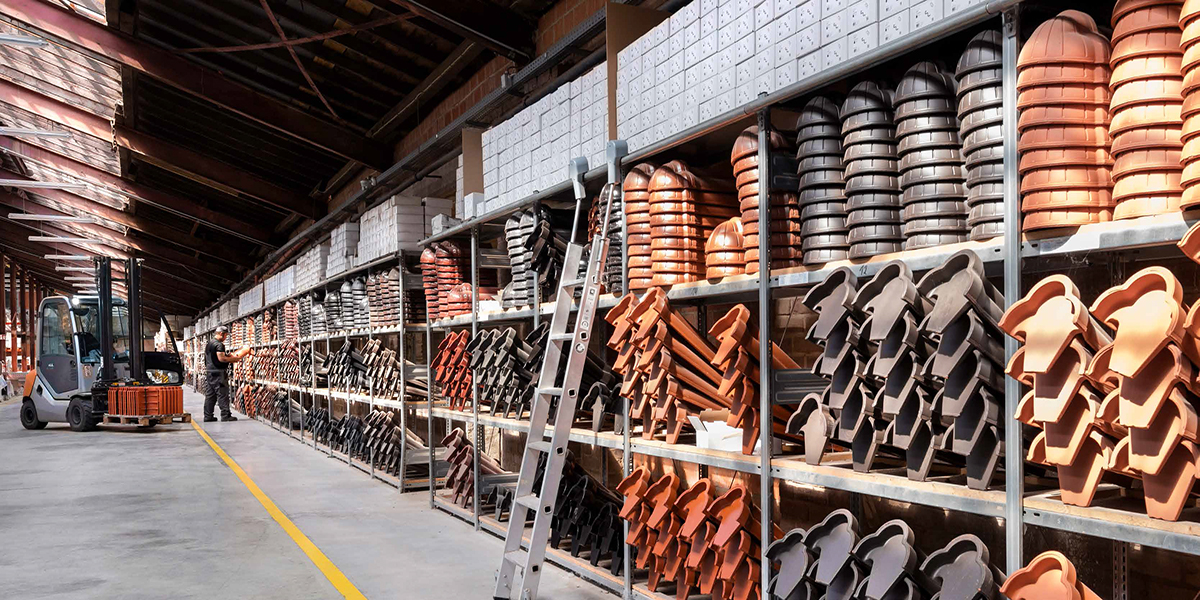
ENVIRONMENTAL PRODUCT DECLARATION (EPD) AND DGNB
Randers Tegl Laumans is so passionate about these products, we’ve created an Environmental Product Declaration (EPD).
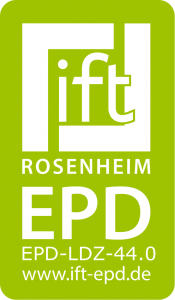
An EPD is a type III environmental declaration. This provides quantified environmental information from a product’s or a service’s life cycle, allowing comparison between products or services with the same function. An EPD is based on independently reviewed data on life cycle assessments and inventories as well as information modules compliant with the ISO 14040 norm range, and may contain further information where appropriate.
(Source: Wikipedia)
DGNB e.V.
DGNB stands for Deutsche Gesellschaft für Nachhaltiges Bauen (the German Sustainable Building Council). A non-profit based in Stuttgart, since its founding in 2007, the DGNB has been working towards verifiably good buildings, quality neighbourhoods and, most recently, a sustainably built environment. The aim is to transform the building and property market to establish a reasonable understanding of quality as the foundations for responsible, sustainable action.
The DGNB achieves this quality understanding by certifying sustainable buildings, indoor spaces and neighbourhoods where the various aspects of sustainable planning, construction and operation are practically applied. Randers Tegl Laumans contributes to the DGBN’s goals, and supports the Council via its membership, among other things.
In projects involving environmental certification, products with a low carbon footprint can be used to directly make a positive difference regarding the certification process. Randers Tegl Laumans roof tiles come with complete documentation in the form of an EPD, so they can be used in technical calculation programmes.
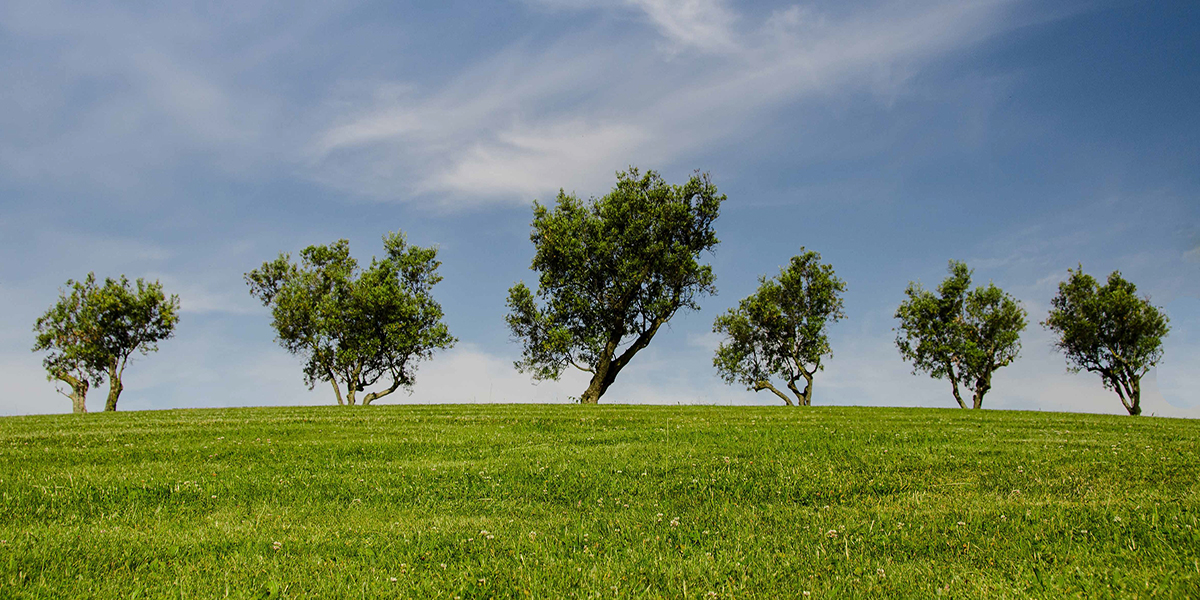
CLAY – A NATURAL ROOFING MATERIAL
By using natural materials such as clay, we guarantee a healthy future for subsequent generations. We don’t know how many centuries roof tiles actually last for, as some of the oldest tiled buildings are still standing. Fired clay roof tiles are free from harmful substances. The clay we use predominantly comes from clay pits in the vicinity of our workshop. It was formed during the Ice Age and can be extracted through open-cast mining. When we find clay, we first remove the top layer of sand and gravel. We then mine the clay and transport it to our workshop. Finally, these clay pits are returned to nature and recultivated so that the land may be used for its original use – usually forestry. Valuable biotopes are created.



